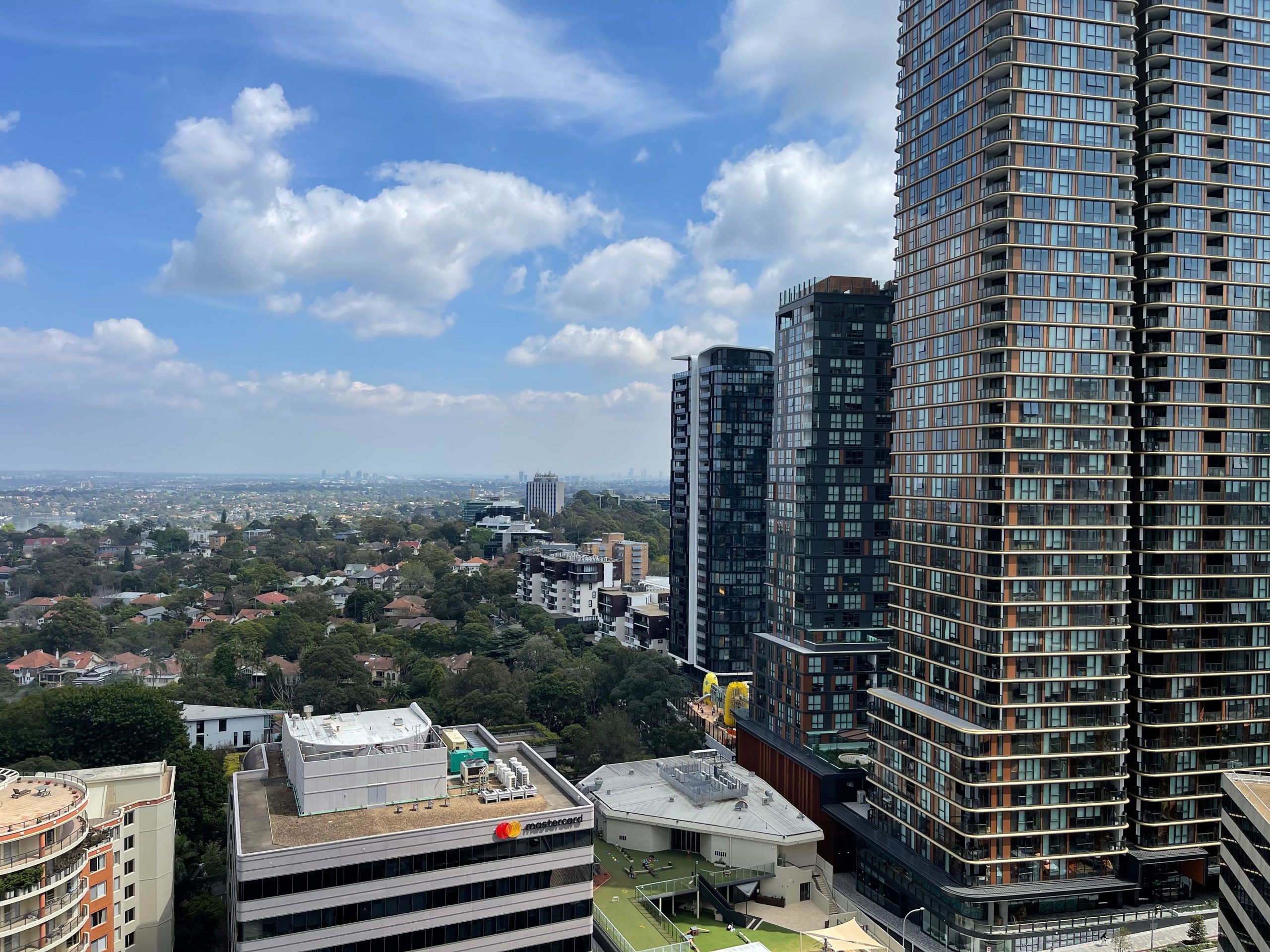
Do you know what the Household Expenditure Measure is? If you are buying a property and need a loan, then it is important to know this metric!
Often simply called HEM, it is a standard benchmark that lenders use to assess an applicant’s monthly and annual expenses. It is often used to assess the borrowing capacity of the applicant(s), so is a very important number to have under control!
HEM is an Australian created benchmark, developed by the Melbourne Institute off the back of their annual HILDA (Household, Income and Labour Dynamics in Australia) report. It defines what a typical family unit should be spending each month and therefore each year.
| Household | Income < $50K | Income $50-70K | Income $70-85K | Income $85-100K | Income < $120K | Income < $140K |
|---|---|---|---|---|---|---|
| Single – 0 Dependants | $1,450 | $1,765 | $2,139 | $2,437 | $2,819 | $3,191 |
| Single – 1 Dependant | $1,866 | $2,203 | $2,576 | $2,875 | $3,257 | $3,631 |
| Single – 2 Dependants | $2,352 | $2,669 | $3,044 | $3,344 | $3,727 | $4,102 |
| Single – 3 Dependants | $2,832 | $3,150 | $3,529 | $3,831 | $4,216 | $4,594 |
| Each Extra Dependants | $440 | $440 | $440 | $440 | $440 | $440 |
| 2 Adults – 0 Dependants | $2,571 | $2,887 | $3,289 | $3,606 | $3,942 | $4,245 |
| 2 Adults – 1 Dependant | $2,935 | $3,252 | $3,654 | $3,972 | $4,308 | $4,611 |
| 2 Adults – 2 Dependants | $3,238 | $3,554 | $3,955 | $4,273 | $4,608 | $4,911 |
| 2 Adults – 3 Dependants | $3,494 | $3,810 | $4,211 | $4,528 | $4,864 | $5,167 |
Improving Your Household Expenditure Measure
If you are buying a property with a loan, either as an owner-occupier or as an investor (where you are the guarantor), you will need to consider how your expenditure matches the above table. If you are above or below the respective figure for your household, then you will need to explain why to your broker or lender.
Finance lenders expect a borrower to be close to these numbers, although if your expenses are explainable and the loan structure supports the purchase, then most lenders will note the difference and assess the application.
Our broking arm (Astute St Leonards) will provide templates to help you define your expenses as part of a loan application. We can also introduce you to a financial planner if required.
In recent weeks, there has been an increase in media articles about so-called “Liar Loans” where applicants have been less than truthful about their circumstances. It is worth remembering that lenders have access to all the data, so they can ascertain whether the expenses defined are accurate or not!
We are here to help you purchase a property, so get in touch here for a no-obligation discussion! We will help map your Household Expensiture Measure.









